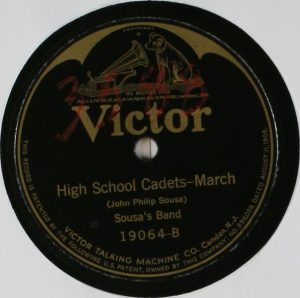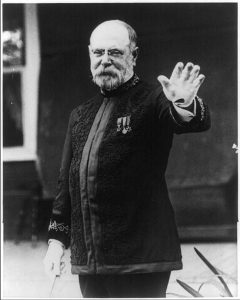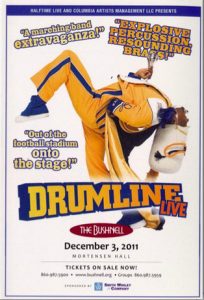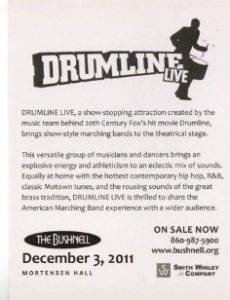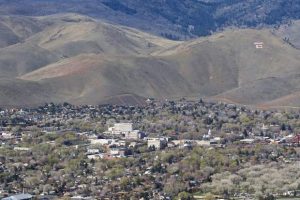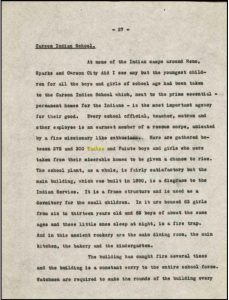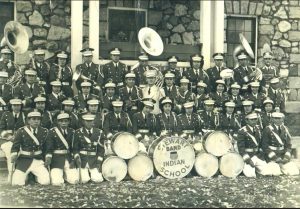War, political and social inequality, poverty, and other obstacles to economic and development prospects have all sparked protests calling for social justice as an alternative to the status quo. Although social justice is frequently associated with politics, many justice movements have employed music to encourage and encourage widespread participation in their cause.1 One form of music that has been involved in many protests is the ‘marching band’. The history of marching bands may be traced to the Middle Ages, when musicians were used by feudal armies to inspire and motivate their troops. Although the bulk of countries still use marching bands in their military facilities, America has started using them in classrooms. In the majority of high schools and colleges across the country, music ensembles are now an obligatory subject. Even though marching bands were predominantly white, that did not stop people of color from making use of this brilliant genre.2 We can hear recordings of marching bands dating all the way back to 1923, as seen in the recording done by ‘Victor’ recording label and ‘Sousa’s Band’.3
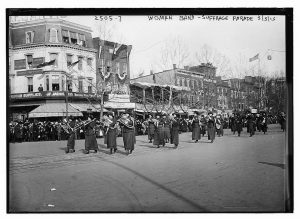 In the picture above4, we can see the March 3, 1913, National American Woman Suffrage Association parade in Washington, D.C. The parade’s organizers deliberately timed the procession to take place the day before President-elect Woodrow Wilson’s inauguration, which further boosted interest in the occasion. This tactic was effective. The women marched from the U.S. Capitol toward the Treasury Building, where they were met by thousands of spectators, many of whom were in town for the inauguration.5 The all-women marching band, added to the huge spectacle of this parade, is credited in having an active role in the passing of the Nineteenth Amendment, signed 7 years later. Protests, like the National American Woman Suffrage Association parade, highlight the importance of music as a medium for social justice.
In the picture above4, we can see the March 3, 1913, National American Woman Suffrage Association parade in Washington, D.C. The parade’s organizers deliberately timed the procession to take place the day before President-elect Woodrow Wilson’s inauguration, which further boosted interest in the occasion. This tactic was effective. The women marched from the U.S. Capitol toward the Treasury Building, where they were met by thousands of spectators, many of whom were in town for the inauguration.5 The all-women marching band, added to the huge spectacle of this parade, is credited in having an active role in the passing of the Nineteenth Amendment, signed 7 years later. Protests, like the National American Woman Suffrage Association parade, highlight the importance of music as a medium for social justice.
Although we see marching bands used as a medium for protest all the way back in the early 20th century, we can see bands making their way to protests still today. At the Honk! festival of activist street bands, which began on Thursday and ran for five days, it was difficult to determine where politics ended and the party started. Honk! Fest takes place in Somerville, Massachusetts, around the weekend of Indigenous Peoples’ Day. The Rude Mechanical Orchestra, whose ‘fists-up anthems’ encouraged the spontaneous dance party on Saturday, was directed by sousaphone player Matt Arnold, 39. “It’s kind of a band jamboree, something we all look forward to,” Arnold said. Eight years ago, this marching band came together to express its disapproval of the Republican National Convention in New York. Since then, it has performed at each Honk! festival, taking a break from a busy itinerary that includes picket lines, antiwar demonstrations, and, as of last year, Occupy Wall Street rallies6.
1 “Music and Social Justice | Internet Encyclopedia of Philosophy.” n.d. https://iep.utm.edu/music-sj/.
2 Hall, Sophia Alexandra. 2021. “How the Marching Band Became a Staple of American Music Education.” Classic FM, November. https://www.classicfm.com/discover-music/music-education/marching-band-american-schools/.

